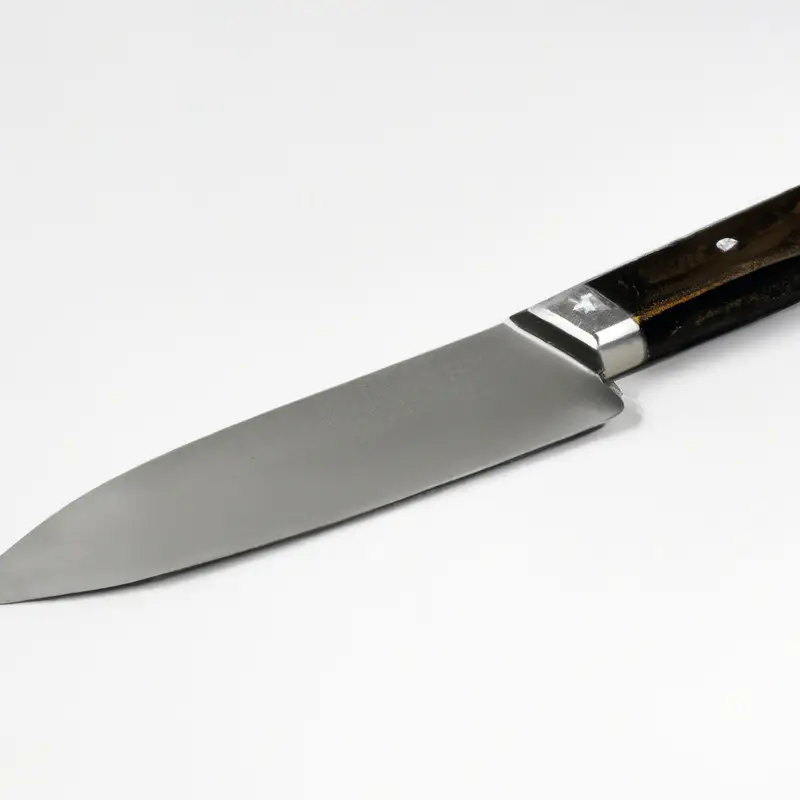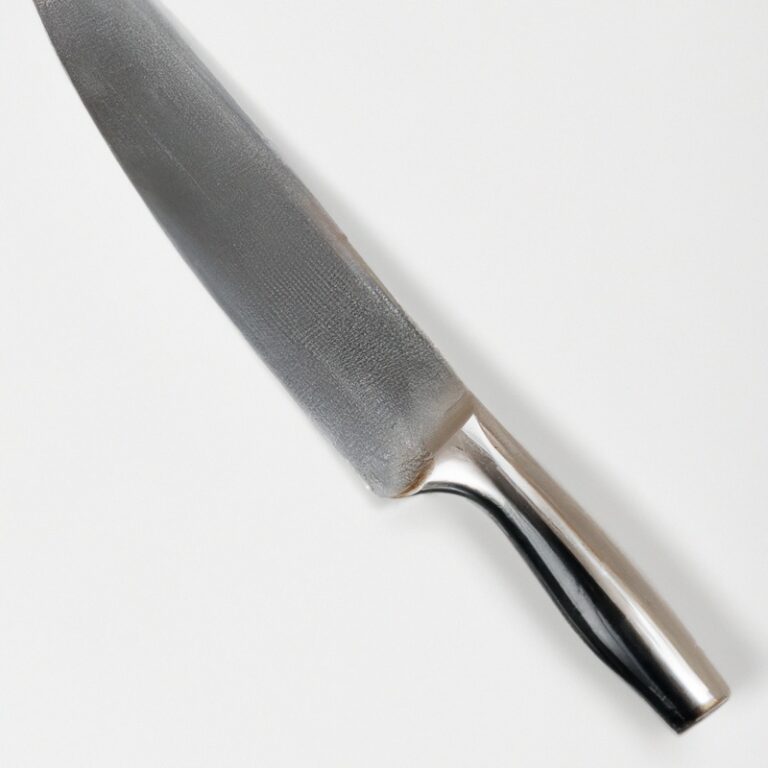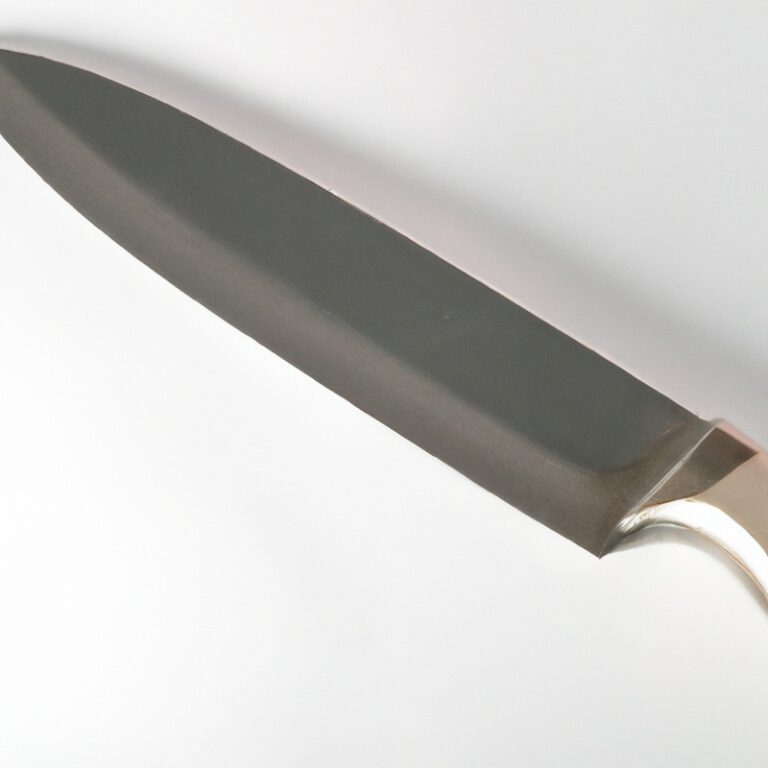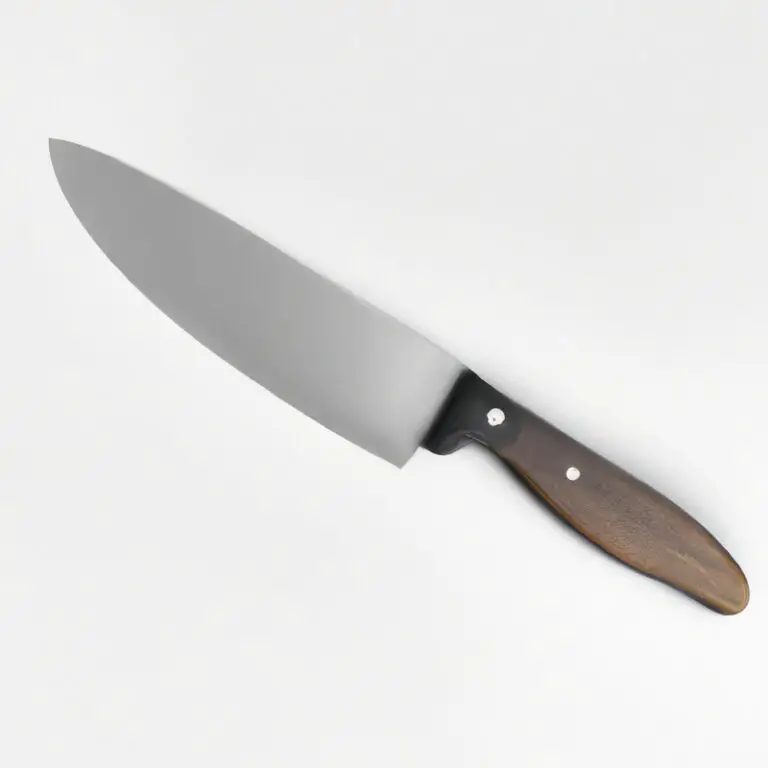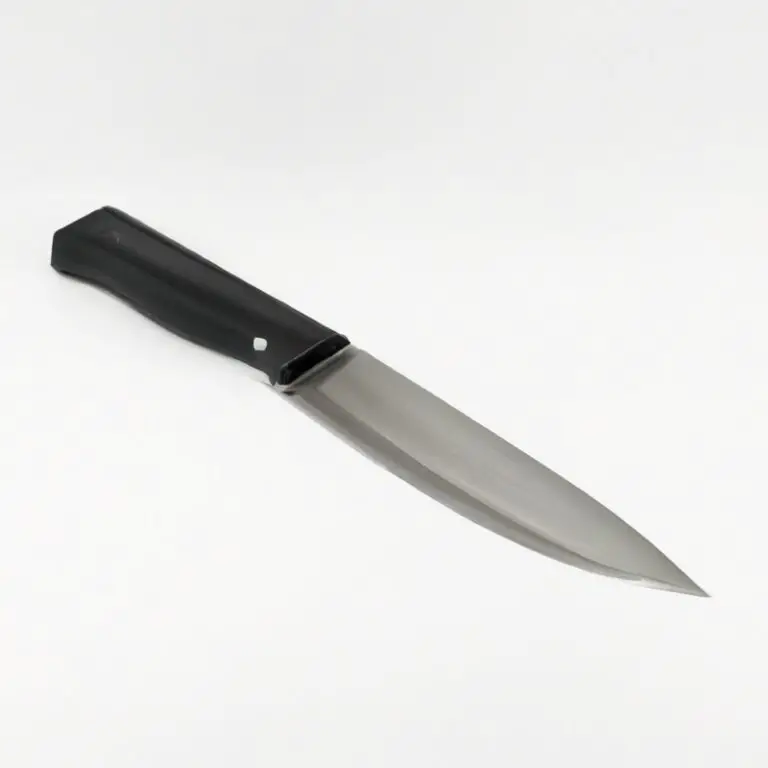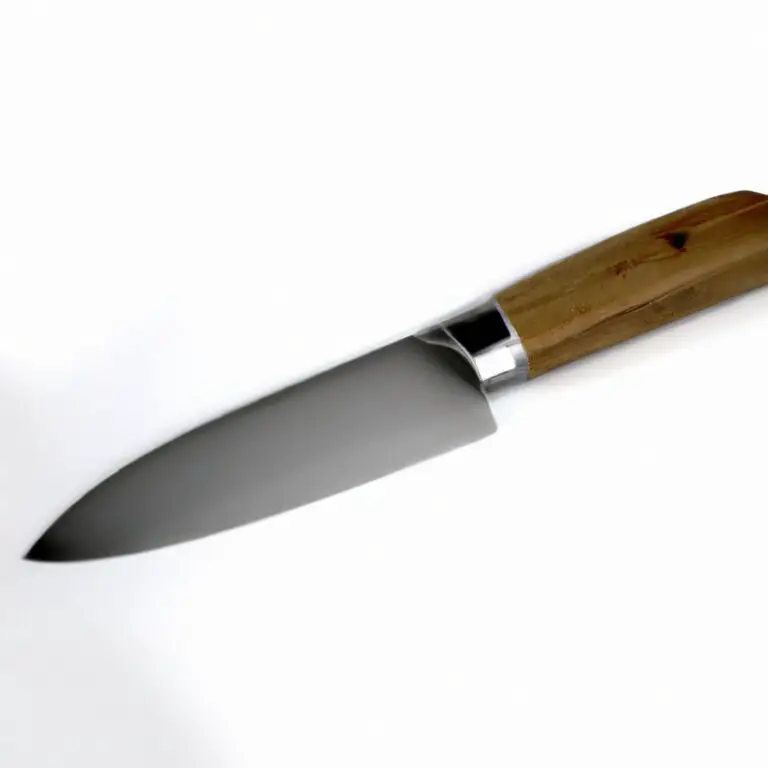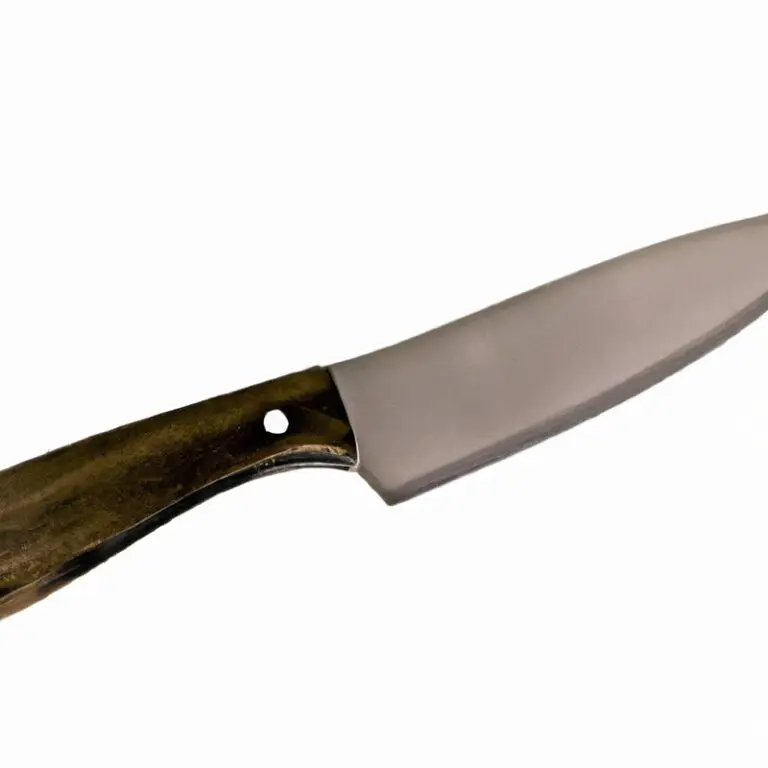How To Fillet a Dab Using a Fillet Knife? – Master The Technique Effortlessly!
Key Takeaways:
- A sharp fillet knife is essential for filleting a dab, which requires precision and care.
- Follow the natural contours of the fish and use a steady hand to avoid damaging the meat.
- Cut through the rib bones to remove the fillet, and then use the knife to remove any remaining bones or skin.
- Practice and patience are key to mastering the art of filleting a dab and other types of fish.
Are you a fan of seafood? Do you want to learn a new culinary skill and impress your family and friends?
Well, you’ve come to the right place! In this article, I will show you how to fillet a dab using a fillet knife like a pro.
From choosing the right knife to cooking and serving your freshly filleted fish, I will guide you through each step of the process. So, roll up your sleeves and get ready to add a new dish to your menu.
Let’s get started!
| Fillet Step | Description |
|---|---|
| 1. Cut | Cut from the belly area to the tail through the fish’s skin. |
| 2. Remove head and fins | Cut off the head behind the gills and remove the fins with scissors or a knife. |
| 3. Make a cut | Make a cut through the fish’s flesh just behind the gills and work the blade along the backbone. |
| 4. Cut the rib cage | Cut along the rib cage towards the tail, to remove the fillet from the fish’s body. |
| 5. Repeat | Repeat on the other side. |
| 6. Remove skin | Using a sharp knife, remove skin by cutting between the flesh and the skin at a slight angle. |
| 7. Trim | Trim remaining bones and fat from the fillet with a sharp knife. |
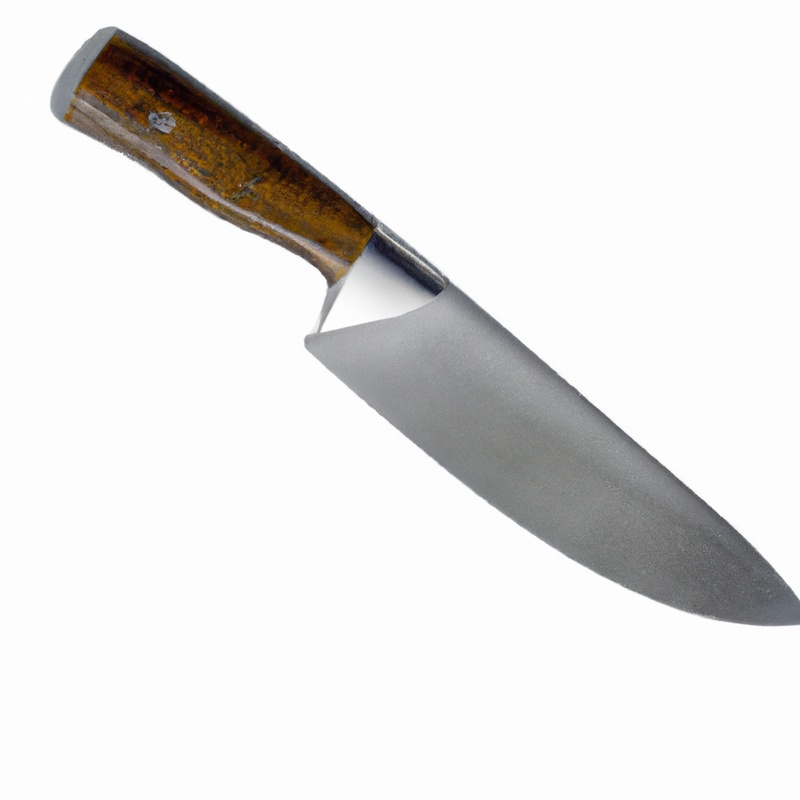
Choosing the Right Fillet Knife
Choosing the right fillet knife is crucial to ensure a successful filleting process. When selecting a fillet knife, keep in mind the size of the fish you will be filleting, as well as your personal preferences.
A good fillet knife should have a flexible blade that can easily maneuver around the contours of the fish, a sharp edge for clean cuts, and a comfortable grip for a secure hold.
There are various types of fillet knives available, including electric, manual, and hybrid versions. Electric fillet knives are ideal for larger fish and frequent use, while manual knives are suitable for smaller fish and occasional use.
Hybrid fillet knives combine the ease and power of an electric knife with the control and precision of a manual knife.
When it comes to blade materials, stainless steel is a common choice due to its corrosion-resistant properties. However, high-carbon steel blades offer superior sharpness, although they require more maintenance to prevent rust.
Ceramic blades are another option that offers excellent sharpness and durability.
Ultimately, the right fillet knife for you will depend on your specific needs and preferences. Consider the size and frequency of your filleting tasks, as well as your budget, to make an informed decision.
Remember to maintain and sharpen your fillet knife regularly to ensure it continues to perform optimally.
Preparing the Dab for Filleting
Before filleting a dab, it is important to prepare it properly. Start by rinsing the dab under cold water to remove any debris or sand.
Use a sharp fillet knife to make a small incision just behind the gills, and make a cut toward the head of the fish to remove the gills.
Next, use the back of the knife to scrape along the backbone to remove any scales. Flip the dab over and repeat the process on the other side.
Then, make a cut behind the head and toward the middle of the fish to remove the head entirely.
To gut the dab, make a small cut along the belly and remove the entrails, being careful not to damage the meat. Rinse the cavity with cold water and pat dry.
Now that the dab has been properly prepared, it is ready for filleting.
Removing the Head and Gutting the Dab
To remove the head and gut the dab, use a sharp fillet knife to make a small incision at the base of the head and then cut all the way to the tail. Use your finger or a spoon to push out the guts.
Cut off the head by inserting the knife at the base of the gills.
Discard the head and guts properly. Rinse the fish thoroughly with water and pat dry with a paper towel.
Now, continue with the fillet cut starting from the head end of the fish.
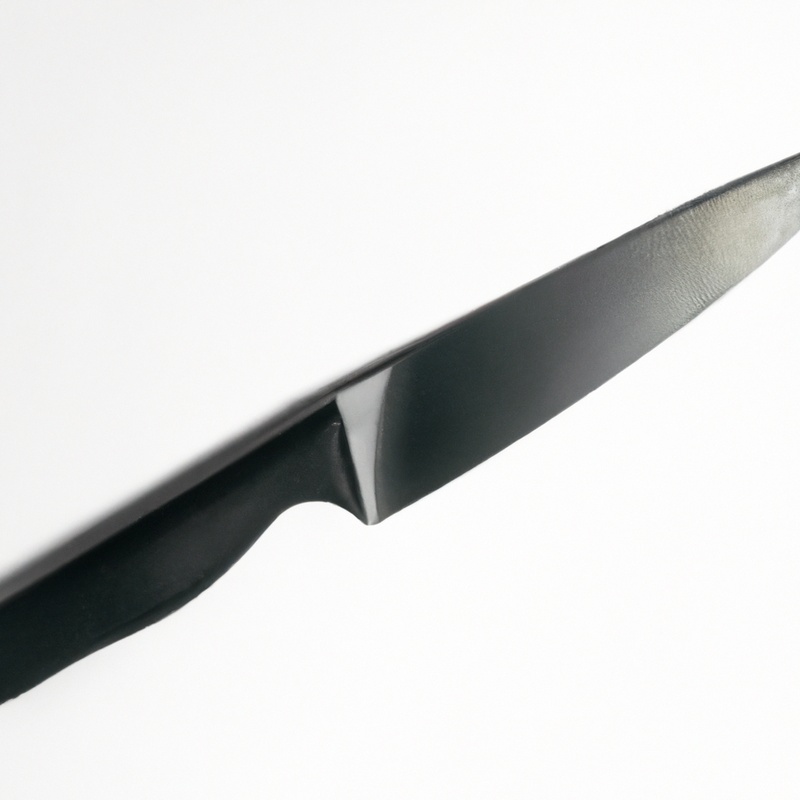
Starting the Fillet Cut
To start the fillet cut, place the fillet knife at the top of the fish’s head, just behind the gills. Using a gentle sawing motion, cut down along the length of the fish.
Make sure to apply just enough pressure to the knife to separate the flesh from the bones, but not so much that you cut through the bones themselves.
Work slowly and carefully, following the contours of the fish’s body and taking care not to leave too much flesh behind. Repeat the process on the other side of the fish, and continue to separate the flesh from the bones until you have a clean, boneless fillet.
Always keep your fingers clear of the blade, and ensure that the knife is sharp and in good condition before you begin.
With practice, you’ll soon be able to fillet a dab quickly and efficiently, with minimal waste and maximum yield.
Separating the Flesh from the Bones
To separate the flesh from the bones, you should begin by placing the fillet knife in the natural opening between the fillet and the bones. Slowly and carefully, slide the knife along the bones, working your way towards the tail.
Use a gentle sawing motion to work the knife through the meat until you reach the skin.
Once the skin is all that is left, use the knife to separate it from the flesh. Repeat the process on the other side of the dab to get both fillets.
This step can be challenging for beginners, so take your time and ensure that the blade is always in contact with the bones.
With practice, you will become more skilled at separating the flesh from the bones. Remember, it’s important to keep your knife sharpened to make the process more manageable.
Removing the Skin from the Fillet
To remove the skin from the fillet, place the fish flesh-side down on a cutting board. Use a sharp fillet knife to make a small incision at the tail end of the fillet between the skin and flesh.
Slide the blade along the length of the fillet, using a gentle sawing motion while keeping the blade angled towards the skin.
Use the other hand to pull the skin taut as you work, gradually removing it from the flesh. Make sure to remove any remaining scales or bones with fish pliers or tweezers.
Repeat the process on the other side of the fish.
When you’re finished, rinse the fillets under cold water and pat dry with paper towels.
Cleaning and Storing the Filleted Dab
Cleaning and storing the filleted dab is just as crucial as the filleting process itself. First, make sure to rinse the fillets thoroughly with cold water to remove any excess blood or debris.
Then, pat them dry with a paper towel to prevent moisture from building up.
Next, wrap the fillets tightly in plastic wrap to prevent the exposure of air, which can cause the fish to spoil quickly. Once wrapped, place them in a plastic bag and store them in the coldest part of the refrigerator, preferably at 32°F (0°C).
Make sure to use the fillets within 2-3 days to ensure maximum freshness and flavor.
If you plan to freeze the fillets, ensure that they are completely dry and wrapped tightly in freezer-safe plastic wrap or vacuum-sealed bags to prevent freezer burn. Place them in the freezer at -4°F (-20°C) or below.
Frozen fillets can be stored for up to six months but should be used within three months for the best taste and texture.
Remember, the key to keeping your filleted dab fresh and flavorful is to handle them carefully and keep them at the right temperature.
Tips and Tricks for Efficient Filleting
To efficiently fillet a dab using a fillet knife, here are some tips and tricks to keep in mind:
- Keep the knife sharp: Use a sharp fillet knife to ensure clean cuts and make the process faster.
- Work on a clean surface: Keep the fish and the workspace clean to avoid contaminating the meat and creating unnecessary mess.
- Use the right technique: Always use a back-and-forth motion with the blade at an angle to separate the flesh from the bones. Take your time and work carefully to avoid wasting meat.
- Remove the skin with care: Slide the blade between the skin and the flesh, press the fish on a non-slip surface and peel off the skin gently.
- Practice, practice, practice: Filleting is a skill, and the more you do it, the better you get. Keep practicing to improve your technique, speed, and accuracy.
By following these tips and tricks, you can become more efficient at filleting dabs and get the most out of your catch.
Cooking and Serving the Filleted Dab
Cooking and serving the filleted dab requires minimal effort and time. Once the fillets have been separated from the bones and skin, they can be cooked in a variety of ways.
Dab fillets can be quickly pan-fried, grilled, or baked.
They are delicate and flavorful, making them a perfect ingredient in seafood salads and pasta dishes. As for serving, dab fillets are best enjoyed hot off the stove alongside some steamed vegetables or rice.
You can also pair them with a light sauce made from cream or butter.
Alternatively, dab fillets can be served cold in sandwiches or as an appetizer with some dip. To ensure the best taste and quality, it is advisable to cook filleted dab within the first two days after filleting.
Fillets can be stored in an airtight container in the refrigerator for up to three days, or in the freezer for up to six months.
Before cooking, pat the fillets dry and season with salt, pepper, or your desired seasoning. In summary, cooking and serving filleted dab is simple and easy.
The delicate and flavorful fillets can be cooked in various ways and are perfect for both hot and cold dishes.
Ensure to store them properly before cooking to maintain their quality and enjoy them to their fullest potential.
Common Mistakes and How to Avoid Them during Filleting
Common Mistakes and How to Avoid Them during Filleting:
- Wrong knife selection can lead to a disheartening outcome, and it’s critical to choose a fillet knife that suits the size of the fish you’re filleting.
- Starting the cut at the wrong angle can make it tough to separate flesh from bone. To avoid this, begin at a suitable angle and keep the blade’s tip in contact with the bones.
- Many newcomers are too scared to use more than a single swipe to remove the fillet flesh from the bones. Don’t be afraid to make a few passes with your fillet knife, ensuring that you’re getting the most meat possible.
- Ripping or crushing the fillet instead of sliding the knife beneath the flesh results in a less presentable outcome. Always remember to glide the blade over the bones rather than tearing them aside.
- The removal of skin from fillets is the most challenging part of filleting. A simple trick to remember is to make a solitary diagonal cut into a corner of the skin and then hold it securely whilst sliding the knife to remove the skin from the flesh.
- Lastly, not storing fish fillets in an airtight container or plastic bags in the refrigerator can cause them to spoil quickly. So, take your time to clean, dry, and package your fillets correctly for better preservation.
By avoiding these mistakes, you can achieve a perfect fillet every time, making your dining experience enjoyable.
Final Verdict
Filleting a dab can seem intimidating, but with the right tools and technique, it can be a simple and satisfying process. Choosing the right fillet knife, properly preparing the fish, making precise cuts, and avoiding common mistakes are essential in achieving a perfectly filleted dab.
Remember to take your time, maintain a steady hand, and practice, practice, practice! Whether you’re a seasoned fisherman or a beginner, with the insights and practical tips provided in this guide, you can become a confident and efficient fillet master.
Happy filleting!

